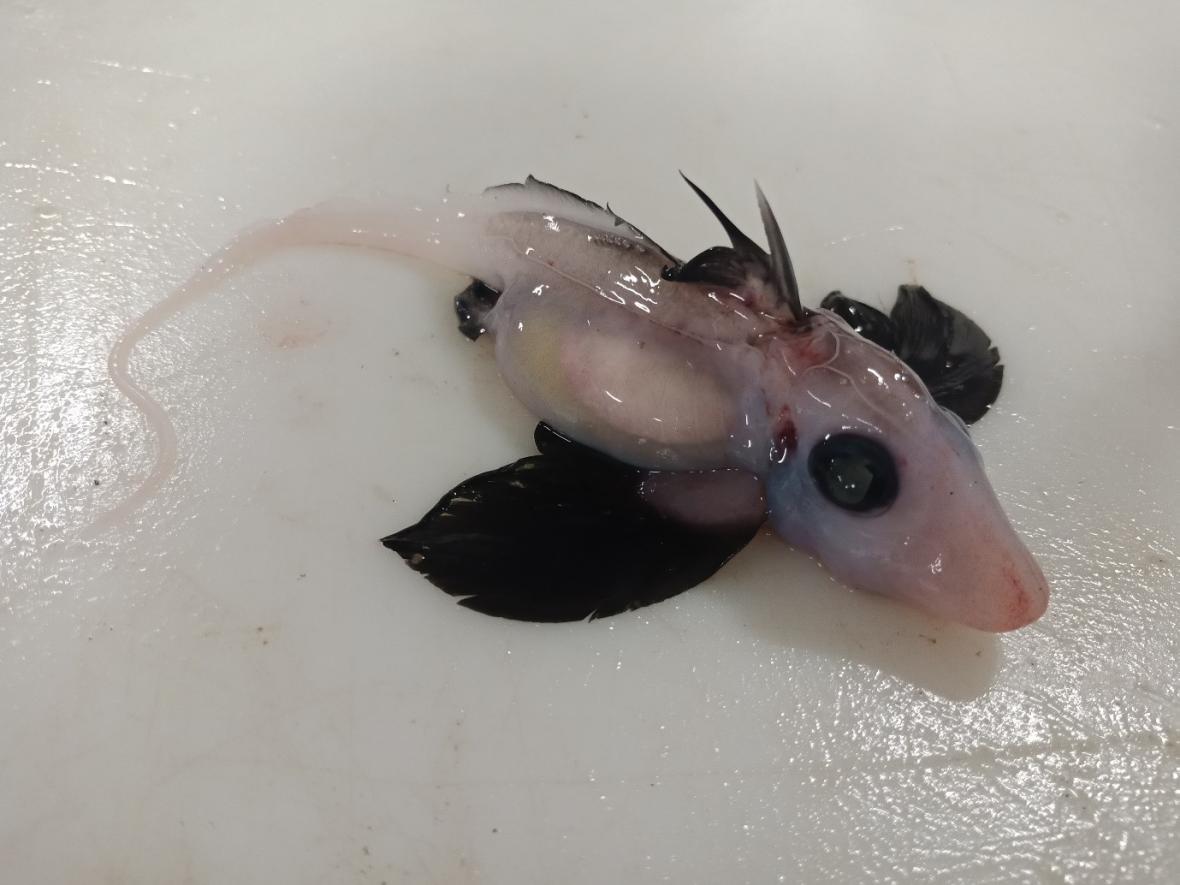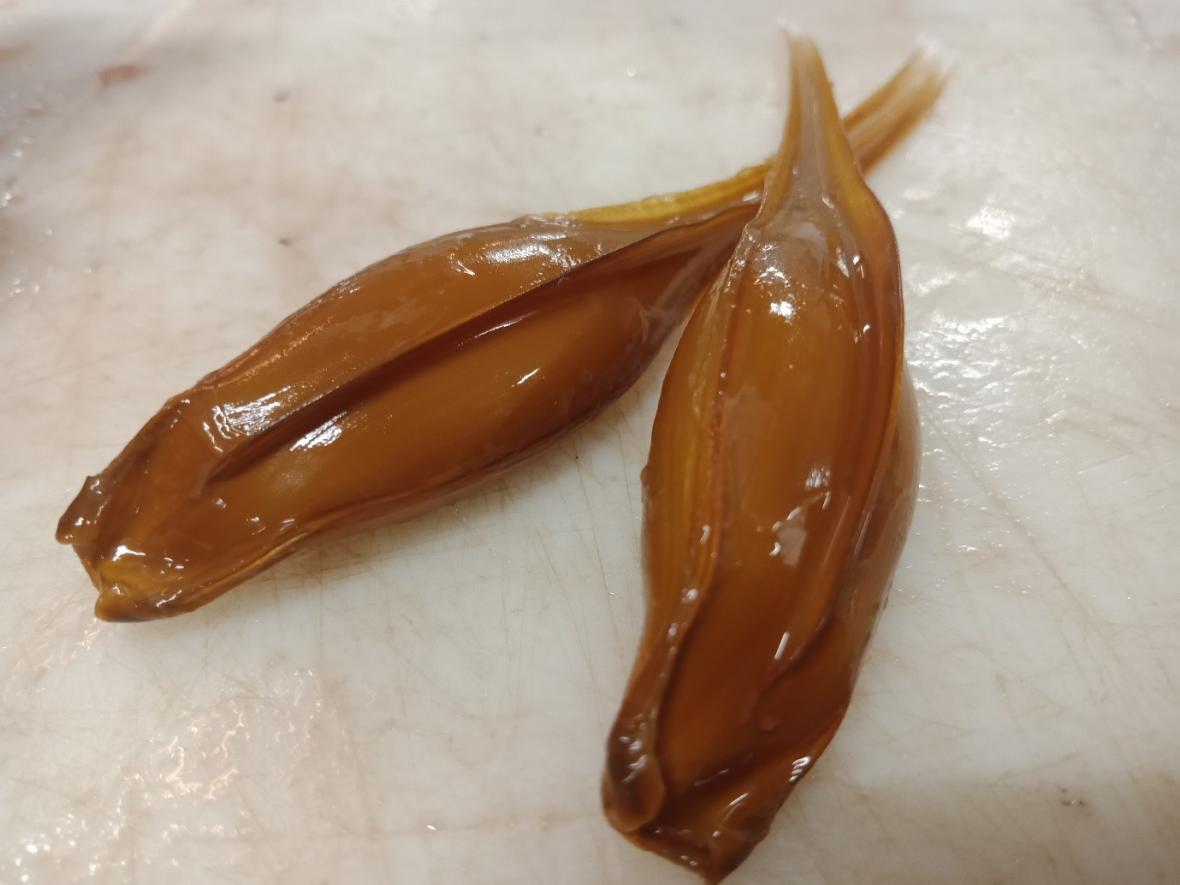
Chimaeras, or ghost sharks, have been around for millions of years. However, the elusive fish, which live at depths of up to 6,000 feet, are largely unknown to science. The lack of crucial information — like how long they live or how often they reproduce — makes it challenging to monitor and protect the 52 known ghost shark species. Now, a rare newborn chimaera, discovered off the coast of New Zealand, may help scientists better understand the mysterious deep-water creatures.
"What we do know tends to come from the large adults which are usually a meter a meter and a half in length, so finding one that actually kind of just sits in the palm of my hand is incredibly uncommon," Brit Finucci, a scientist at New Zealand's National Institute of Water and Atmospheric Research (NIWA), told Reuters.
The juvenile ghost shark was grabbed accidentally during a recent NIWA trawling survey to estimate the population of a popular saltwater local fish called hoki. When Finucci caught sight of the alien-like gelatinous creature in the net, she knew they had stumbled upon something rare.
"I thought it was cool, other people on the boat, not so much," she laughs. "I knew right away it was just something different that we don't generally come across, so I grabbed it and took a couple of photos which have now spread all over the internet."

According to the NIWA researchers, ghost shark embryos are encased inside egg capsules and laid on the seafloor. The embryos feed off a yolk until it's time to hatch. "You can tell this ghost shark recently hatched because it has a full belly of egg yolk," Finucci said.
The scientists, who revealed the rare discovery on NIWA's website on February 15, 2022, plan to conduct further tests and DNA analysis to determine what species of ghost fish the newborn belongs to. "From better-studied chimaera species, we know that juveniles and adults can have different dietary and habitat requirements. Juveniles also look dissimilar to adults, having distinctive color patterns. Finding this ghost shark will help us better understand the biology and ecology of this mysterious group of deep-water fish." Finucci says.
Also known as rat fish, spookfish, or rabbit fish, chimaeras are not really sharks. However, they are closely related to both sharks and rays —all are fish with skeletons made of cartilage instead of bone.
Resources: LiveScience, aljazeera.com, Niwa.co.nz
